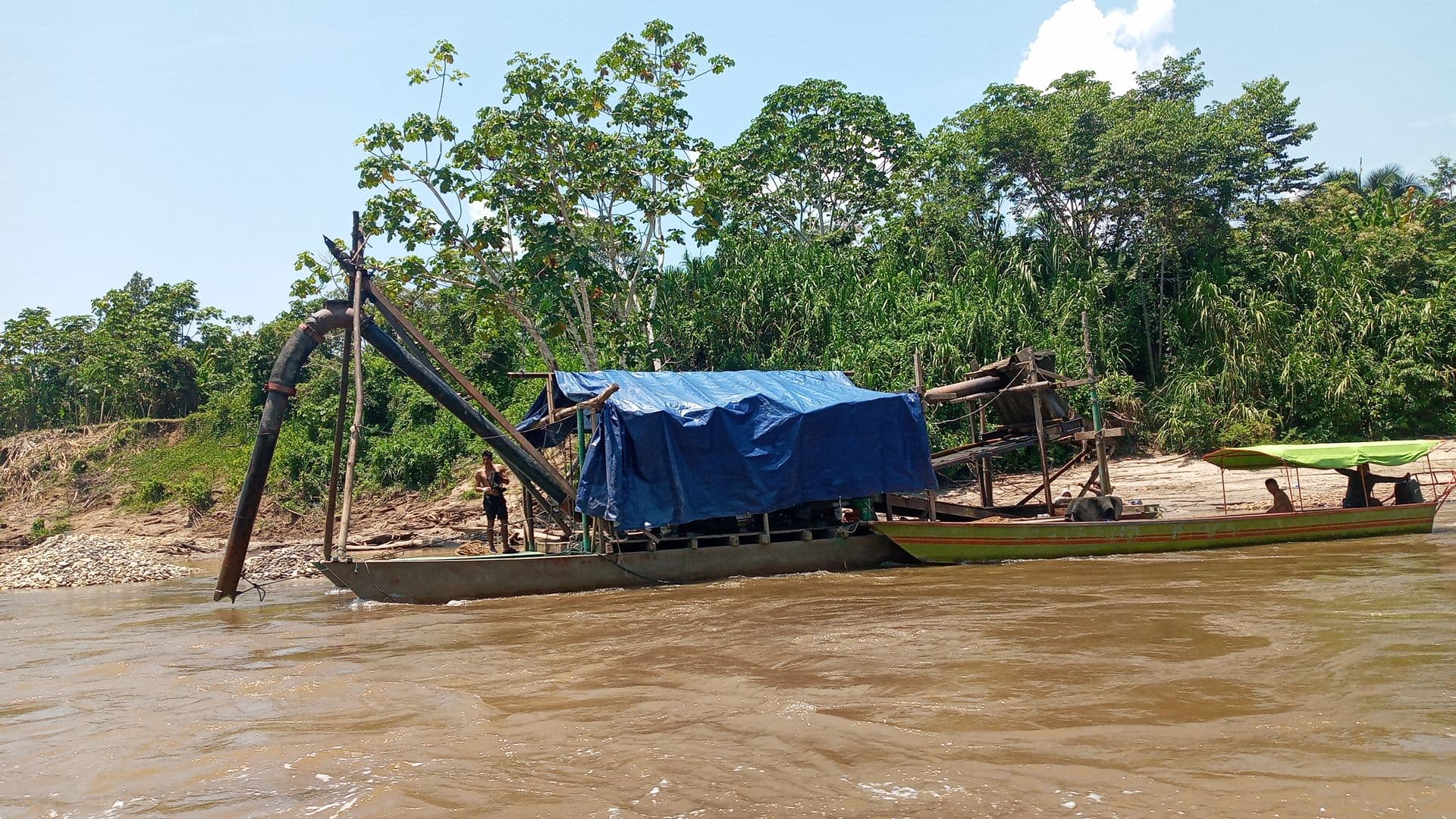Loading News Article...
We're loading the full news article for you. This includes the article content, images, author information, and related articles.
We're loading the full news article for you. This includes the article content, images, author information, and related articles.
An alarming report reveals 140,000 hectares of Peruvian Amazon rainforest have been destroyed by illegal gold mining, driven by record gold prices. This environmental catastrophe highlights parallels with Kenya's own struggles against unregulated artisanal mining

Illegal gold mining has led to the destruction of 140,000 hectares of rainforest in the Peruvian Amazon, a scale of environmental damage that has accelerated due to record-high international gold prices. This stark finding comes from a report by the Monitoring of the Andean Amazon Project (MAAP) and its Peruvian partner organisation, Conservación Amazónica. The report, released on Wednesday, October 8, 2025, indicates that approximately 540 square miles of land have been cleared for mining in Peru since 1984, with the destruction rapidly spreading beyond historically affected areas like the Madre de Dios region.
The gold rush is not only causing widespread deforestation but also severely poisoning waterways. Illegal miners frequently use dredges, which are floating machines that churn up riverbeds, releasing toxic mercury used in gold extraction into the environment. A recent study in Peru's Loreto region found that the median mercury level in riverside communities was nearly four times the World Health Organization's recommended limit. MAAP's analysis identified 225 affected rivers and streams, with 989 dredges spotted in Loreto since 2017, including 275 in 2025 alone on the Nanay River, a vital water source for numerous Indigenous communities.
While geographically distant, the environmental and social challenges posed by illegal gold mining in Peru resonate deeply with Kenya's experiences in its artisanal and small-scale mining (ASM) sector. Kenya's mining sector, particularly gold and gemstone extraction, employs an estimated 250,000 miners and indirectly supports at least one million people, accounting for 60% of the country's total gold production. However, the sector's informality has led to significant issues, including illicit financial flows, smuggling, environmental degradation, and security threats.
In Kenya, artisanal miners often use rudimentary tools and techniques, frequently without adequate safety equipment or environmental considerations. This lack of oversight has made it challenging for the government to track production, collect taxes, and enforce regulations, fostering hazardous working conditions, child labour, and environmental damage. Gold mining, in particular, has been linked to substantial illicit financial flows, contributing to Africa's estimated annual loss of $88.6 billion to such flows, according to the United Nations Economic Commission for Africa (UNECA).
Kenya's gold mining activities are primarily governed by the Mining Act, 2016, and the Mining Regulations, 2016. These laws provide a framework for exploration, mining, processing, and dealing in minerals, and mandate environmental impact assessments (EIAs) and environmental management plans (EMPs) for all mining projects. The Act also recognises artisanal and small-scale mining, requiring operators to register with the Ministry of Mining and comply with environmental and social standards.
Despite the legal framework, implementation gaps persist. In June 2025, the National Environment Management Authority (NEMA) ordered the closure of over 200 illegal gold mining sites along River Turkwel in West Pokot County due to significant environmental harm and lack of proper environmental oversight. These sites were operating without EIA licenses, leaving deep holes and polluting the river, rendering its water unsuitable for domestic consumption.
In Peru, Indigenous groups have raised alarms about armed groups destroying their forests and poisoning rivers as gold prices soar. Similarly, in Kenya, communities in gold-rich regions like Migori, Kakamega, Turkana, and Kitui face direct impacts. Miners are exposed to hazardous chemicals, extortion by cartels, poor pricing, labour trafficking, and unhygienic working conditions. Tensions between local and foreign miners have also been reported, with some locals feeling unable to compete due to a lack of resources.
The expansion of illegal gold mining in the Peruvian Amazon, fueled by record gold prices (which topped $4,000 per ounce in October 2025), poses severe risks to biodiversity, climate regulation, and clean water. The use of mercury in gold extraction leads to neurological damage, kidney damage, and respiratory problems for those exposed. In Kenya, the unregulated nature of artisanal mining creates avenues for money laundering and the financing of illicit activities, posing national security threats. Poor sanitation in informal mining settlements has also led to health crises, such as a cholera outbreak in Illo, Marsabit County, in May 2023, which resulted in 15 deaths.
Despite the clear environmental and social costs, the full extent of illicit financial flows from unregulated mining in Kenya remains challenging to quantify accurately. While the Mining Act of 2016 aims to formalise the sector, implementation gaps leave many artisanal miners without legal recognition, making them vulnerable to exploitation. The effectiveness of recent reforms in Kenya, including the lifting of a moratorium on new mining licenses in October 2023 and the shutting down of 3,000 illegal entities, is yet to be fully assessed.
Observers will be closely watching the effectiveness of interventions in Peru to curb illegal mining, particularly the impact of international pressure and collaborative efforts by organisations like MAAP and Conservación Amazónica. In Kenya, the focus will be on the sustained implementation of the Mining Act, 2016, and its regulations to formalise the artisanal mining sector, enhance environmental protection, and ensure equitable benefit-sharing for local communities. The government's commitment to enforcing environmental standards and prosecuting illegal operators will be crucial in mitigating the ongoing environmental and social damage.